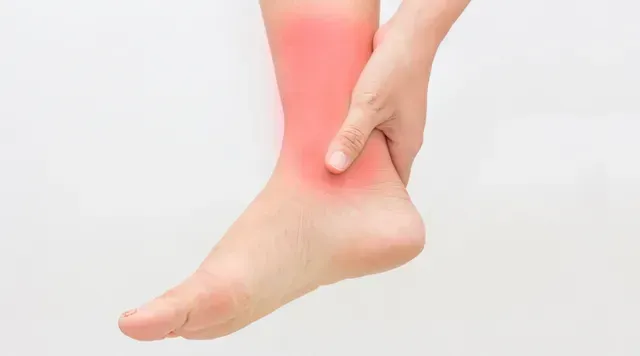
A tiny, thin crack in the bone caused by persistent overuse is called a stress fracture. After training for sports like basketball, running, and other activities, stress fractures in the foot are common. The bones of the feet and legs are most vulnerable to stress fractures, however they can happen to any bone that is subjected to repetitive activity. Runners' metatarsals, or midfoot bones, are particularly prone to stress fractures.
One of the several causes of stress fractures is abruptly increasing the quantity or the force of an activity, particularly if it is a new one. For stress fractures, this is the most typical cause. Longer training sessions are one illustration. substituting a different surface for a tennis court or running on pavement in place of grass when changing training conditions Running in old shoes is an example of using inappropriate footwear for the sport.
An apparent swelling may not always accompany a stress fracture. However, each person may experience symptoms slightly differently. The following symptoms could be present: discomfort in the front of the feet, frequently following extended or strenuous workouts Pain that disappears after working out but returns if you keep working out Stress fractures might have similar symptoms to other medical disorders. To get a diagnosis, always visit your physician. A thorough medical history and physical examination are typically required to confirm the identification of a stress fracture. Stress fractures are typically too small for X-rays to detect. It might therefore be an MRI or a bone scan. An X-ray can verify the presence of a stress fracture once calluses have developed around it.
The goal of treatment is to reduce pain and allow the fracture to heal, which typically takes from six to eight weeks to occur. A stress fracture's particular course of therapy will rely on: Your age, general well-being, and medical background, the extent of the damage, How effectively you can manage specific medications, treatments, and procedures, How long you anticipate your injury to last Your choice or opinion Possible course of treatment:
Get some rest, protection of the location of the fracture by lowering the amount of weight carried cold packs, pharmaceuticals like ibuprofen, When exercising, wear shoes with shock absorption. jogging on grass or other gentle terrain Physic treatment, Changing to a less demanding sport or hobby, like swimming or riding donning a cast or brace.
Stress fractures can be prevented in a number of ways. Among them are: establishing small targets and gradually working your way up to larger ones Cross-training and engaging in extracurricular activities that enhance your normal training regimen (such as incorporating strength and flexibility training into a running program) Consuming a balanced diet rich in both vitamin D and calcium Using quality equipment (supportive running shoes, for instance)
Upvoted. Thank You for sending some of your rewards to @null. Get more BLURT:
@ mariuszkarowski/how-to-get-automatic-upvote-from-my-accounts@ blurtbooster/blurt-booster-introduction-rules-and-guidelines-1699999662965@ nalexadre/blurt-nexus-creating-an-affiliate-account-1700008765859@ kryptodenno - win BLURT POWER delegationNote: This bot will not vote on AI-generated content